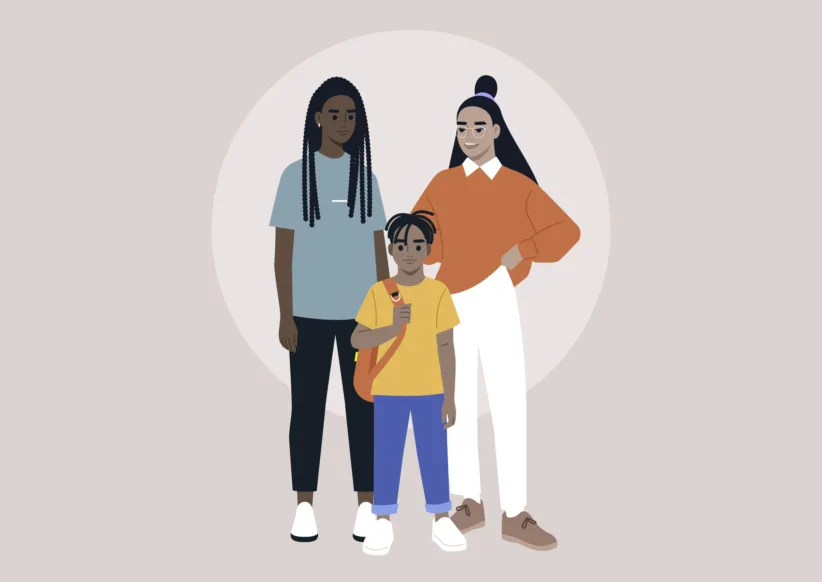With Halloween just around the corner, parents will hear a lot of safety warnings this month — from advice about selecting a costume that won’t cause a child to trip, to advisories about equipping every child with a flashlight when walking in the dark. And of course, there are the cautions about carefully checking every piece of candy your child collects. All good advice, although you might be surprised to learn that the most common cause of injury at this time of year has nothing to do with trick-or-treating.
You may not think of a pumpkin as posing a big risk to your family, but statistics show your child is more likely to get hurt carving jack-o’-lanterns than engaging in other spooky fun. Injuries to the hand and fingers are the most common accidents on Halloween, according to a study published in the journal Pediatrics.
Pumpkins can be both slippery and tough, a recipe for accidents. Cuts can occur when a knife sticks in the rind, then abruptly dislodges as you tug on it. Or you can cut yourself if the handle gets slippery with pumpkin pulp, causing your hand to slide down the blade as you push the knife into the pumpkin. The American Society for Surgery of the Hand suggests the following safety tips:
• Leave the carving to adults. Your kids may beg and plead for a turn, but don’t put a knife or other sharp tool in the hands of children, no matter how responsible or mature you think they are. The Pediatrics study found that most Halloween accidents happen to kids ages 10 to 14, but older teens also frequently get hurt. A slip can happen in a fraction of a second, and there won’t be anything you can do to stop it, even if you are nearby.
Instead, encourage kids to draw a pattern on the pumpkin that an adult cut, and have kids be responsible for cleaning out the inside pulp and seeds.
When the adults do start cutting, they should always cut away from themselves and cut in small, controlled strokes.
• Choose your spot. Carve in a clean, dry, well-lit area. Wash and thoroughly dry everything you will use to carve the pumpkin: carving tools, knife, cutting surface, and even your hands. Any moisture can cause slippage that can lead to injuries. Take your time, and make sure your children stay back. The kids will want to lean in to watch, but you don’t want to hit them by accident if your hand slips.
• Pick utensils carefully. A larger and sharper knife is not necessarily better, because it can become wedged in the thicker part of the pumpkin, requiring force to remove it. Instead, pumpkin carving kits — readily found online and at party supply stores — require less force to pierce the pumpkins. They are also easier to control than knives, reducing the risk of injury. However, accidents may still occur, so families should exercise caution with any carving tool.
• Consider a different approach. Instead of carving a pumpkin, consider decorating one. Kids can express their creativity with paint, markers, and other art supplies or items that can be glued or attached to a pumpkin. Some families skip the large pumpkin and instead, allow each child to decorate his or her own mini-pumpkin. You can even recycle parts of old Halloween costumes such as wigs and hats. Or, you may want to consider using a fake, foam pumpkin, available at many craft stores. These are easier to cut and decorate, and you’ll be able to enjoy them for years to come.





















